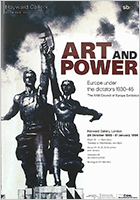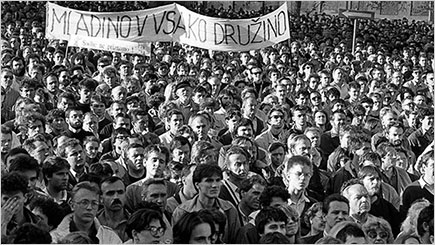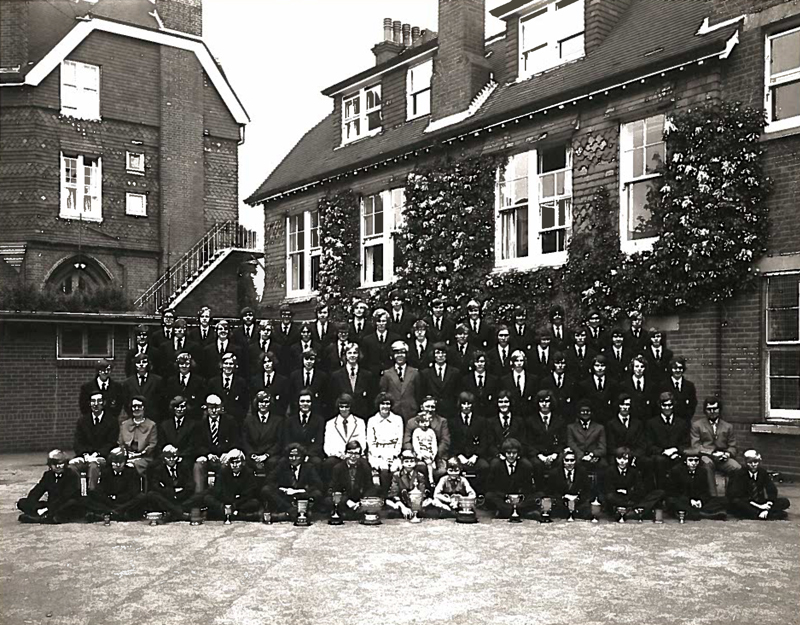Asset Publisher

My road to Damascus
1987-1994
Catherine LALUMIÈRE

Like many people, I discovered the Council of Europe belatedly, in the 1980s. To be frank, I should say that it was Europe, with all its different organisations, which I discovered belatedly. My initial training was very French in every way: I have a degree in French public law and I studied French administration, French culture... Nothing predisposed me to devote the second part of my life to Europe.
My first contact with the Council of Europe was when President Mitterrand and Prime Minister Laurent Fabius appointed me Secretary of State for European Affairs in December 1984. Obviously, most of my training and finally my work took place within the framework of the European Community, in Brussels and in the countries which were members of the EEC at the time. My most vivid memory is that of signing the Schengen Agreement in June 1985, on behalf of the French Government. It provided for the gradual extension to France and Germany of the freedom of movement that already existed between the three Benelux countries and would become the legal basis for the “Schengen area”, which now comprises 26 European states. From time to time I was sent to Strasbourg to represent France in the ministerial sessions of the Council of Europe, but I must admit that at the time I found the characteristics of the Council extremely vague.
It was not until 1987-88 that things began to become clearer: I had become a member of the French delegation to the Parliamentary Assembly of the Council of Europe, and I discovered colleagues from countries I hardly knew (Austria, Switzerland, Norway...) and subjects that were almost never discussed in Brussels, in particular the situation in the countries of central and eastern Europe that made up the eastern bloc. I was entrusted with the drafting of the report on the general policy of the Council of Europe and East-West relations, which obviously turned out to be an exhilarating issue. The preparation of this report gave me the opportunity to get to know a colleague, Loyola de Palacio, who would become an excellent European Commissioner from 1999 to 2004. Unfortunately, this talented woman, to whom I felt close, died in 2006 as the result of a terrible illness.
In 1988 a new phase of my career began: Karl Ahrens, the chair of our political group in the Parliamentary Assembly, a very likeable German deputy, summoned me to his office to tell me in substance: “The next Secretary General will be appointed in 1989. I think you should be our candidate.”
I was surprised and hesitant. However, several months later, after Karl Ahrens put the question to me again, I ended up saying yes. And that is how, after the usual diplomatic flurry for this type of function and the mobilisation of parliamentarians, I was elected Secretary General of this Organisation, which General de Gaulle one day referred to as “the beautiful woman sleeping on the banks of the Rhine”.
However, the world works in mysterious ways. For me, my arrival at the head of the Council of Europe was not only a turning point in my life but what I often call “my road to Damascus”.
If you wish to continue your reading, you may buy the book "Europe: a human enterprise".
Catherine LALUMIÈRE
Catherine Lalumière started out in politics as a member of the French National Assembly (1981-1989). She has also held the offices of Secretary of State for the Civil Service and Administrative Reforms, Secretary of State for Consumer Affairs, and Secretary of State for European Affairs. After being elected Secretary General of the Council of Europe in 1989, she led the Organisation in the crucial period which followed the fall of the Berlin Wall. She was then elected to the European Parliament in 1994 and became its Vice-President in 2001. She has been President of the European Association of Schools of Political Studies of the Council of Europe since 2008 and is also President of the Maison de l’Europe in Paris.




